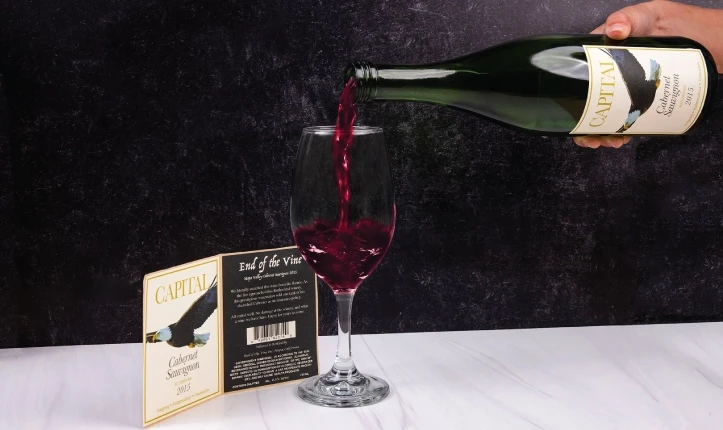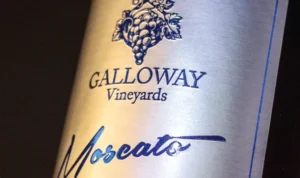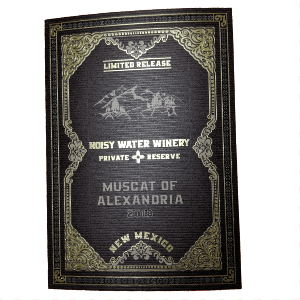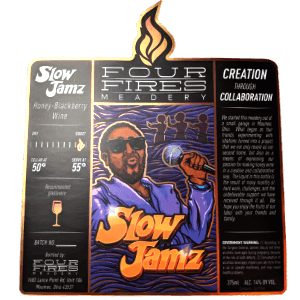The wine industry has seen significant growth in recent years, with over 10,000 wineries currently operating. With such a crowded market, it’s essential to distinguish your product with a unique and memorable label. Here are some label design trends to help your wine stand out on the shelves.
Use Foil in Label Design
Foil is a popular choice for adding dimension and visual appeal to wine labels. A touch of foil can make a label stand out without overdoing it. Virtue Cellars’ Charisma Cabernet Sauvignon label has a simple and attractive design with gold foil on white felt paper.
Using Micro-Textures for Labels
Labels with unique textures can make a wine bottle more appealing to the touch. Noisy Water Winery has a vintage look with their Muscat label, using subtle veining. Pointillist has a textured and vintage design with diamond allure, using water-resistant material.
Implementing Specialty or Custom Die Cuts
Specialty cuts for labels can add extra dimension and uniqueness. Four Fires Meadery’s Slow Jamz label has a unique flame cut at the top, giving it a special touch.
Embracing Traditional/Vintage Look
The traditional or vintage look is still popular and is great for small-batch, handcrafted wines. Bauman’s Century Farm Cider’s Limited label has a vintage look. It features a sepia photo on white felt paper. This gives it a classic and rustic appearance.
Storytelling through Labels
Using labels to tell a story is another trend in label design. With front and back labels, there is space to discuss the wine or beverage or share the story behind the brand.
When designing a wine label, it’s important to consider these trends to create a distinctive and eye-catching product. To make your wine label unique, use foil, textures, special cuts, and storytelling in a competitive market.









